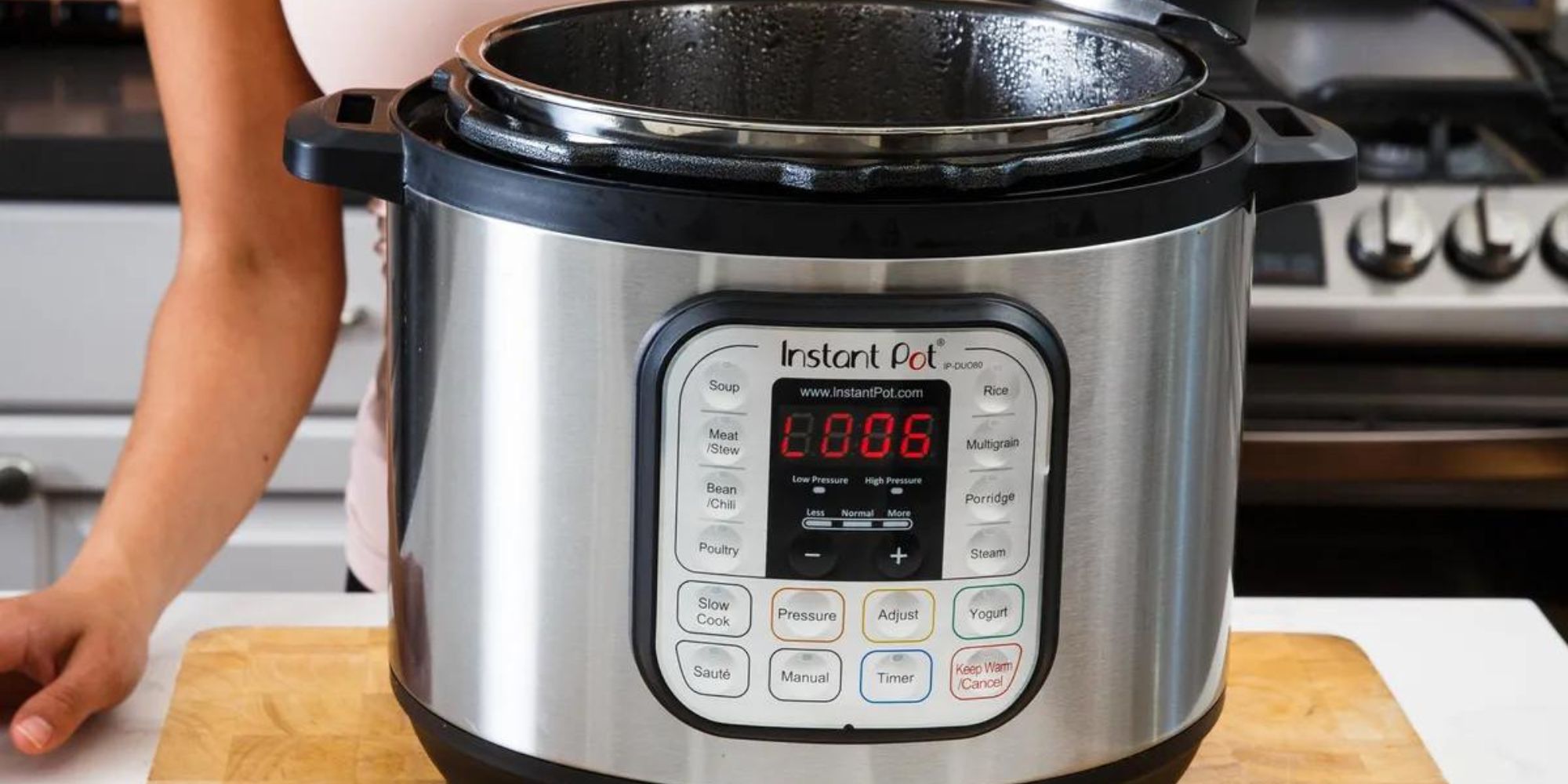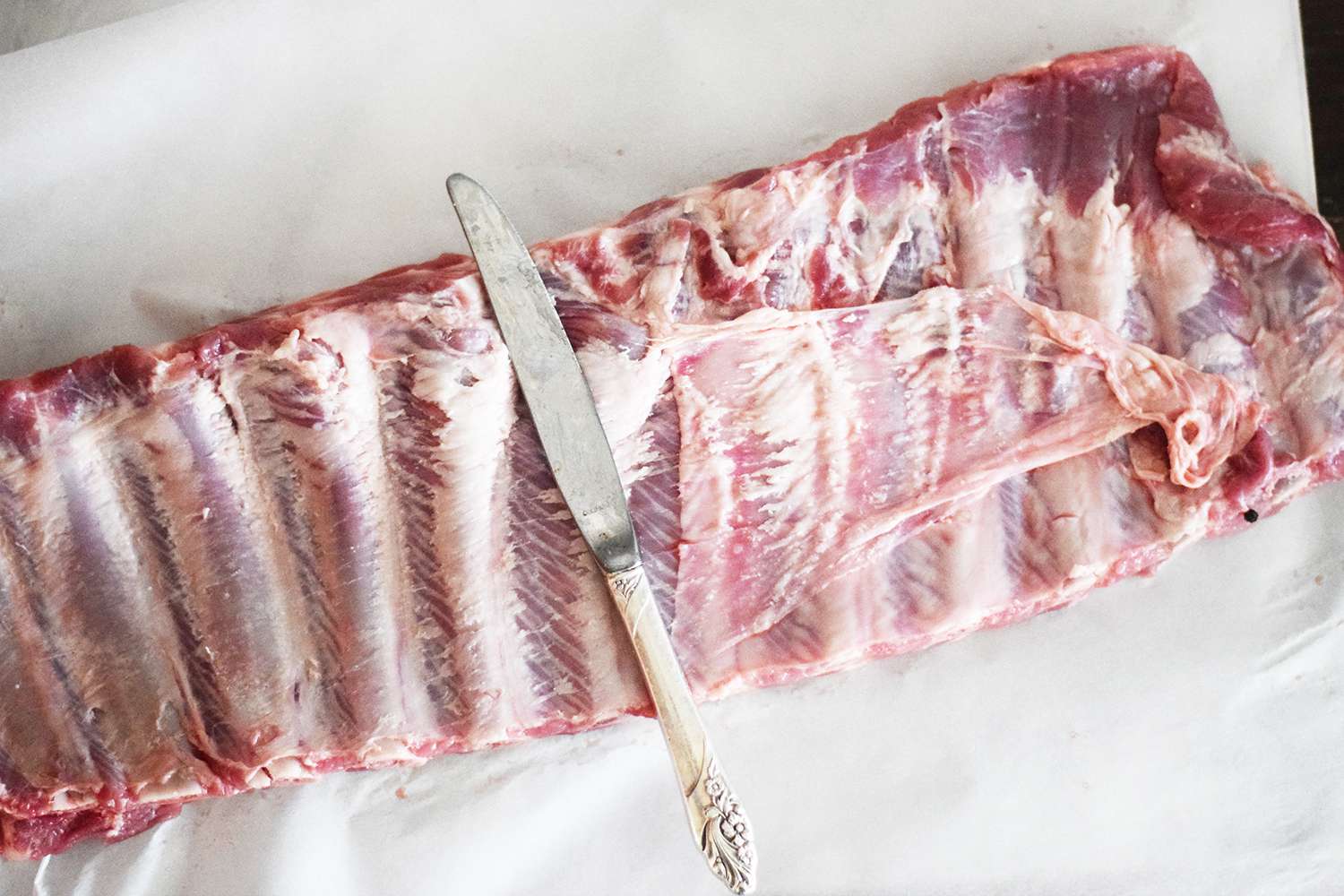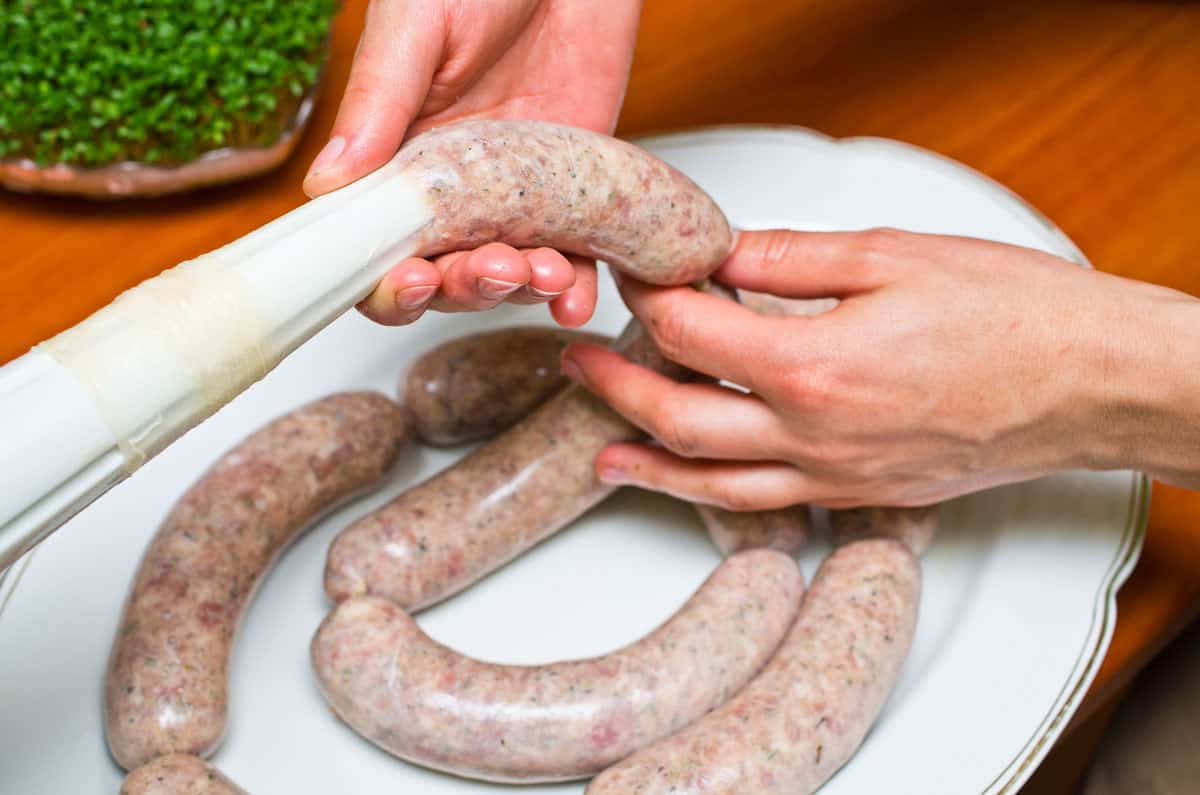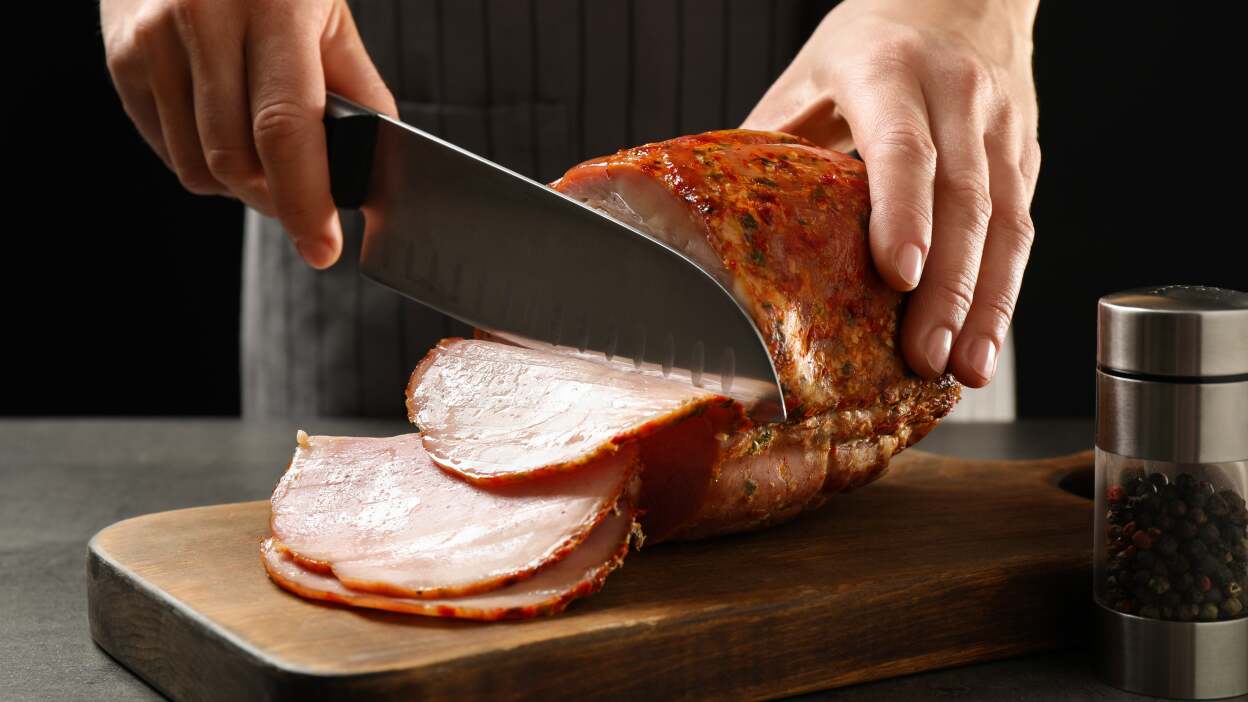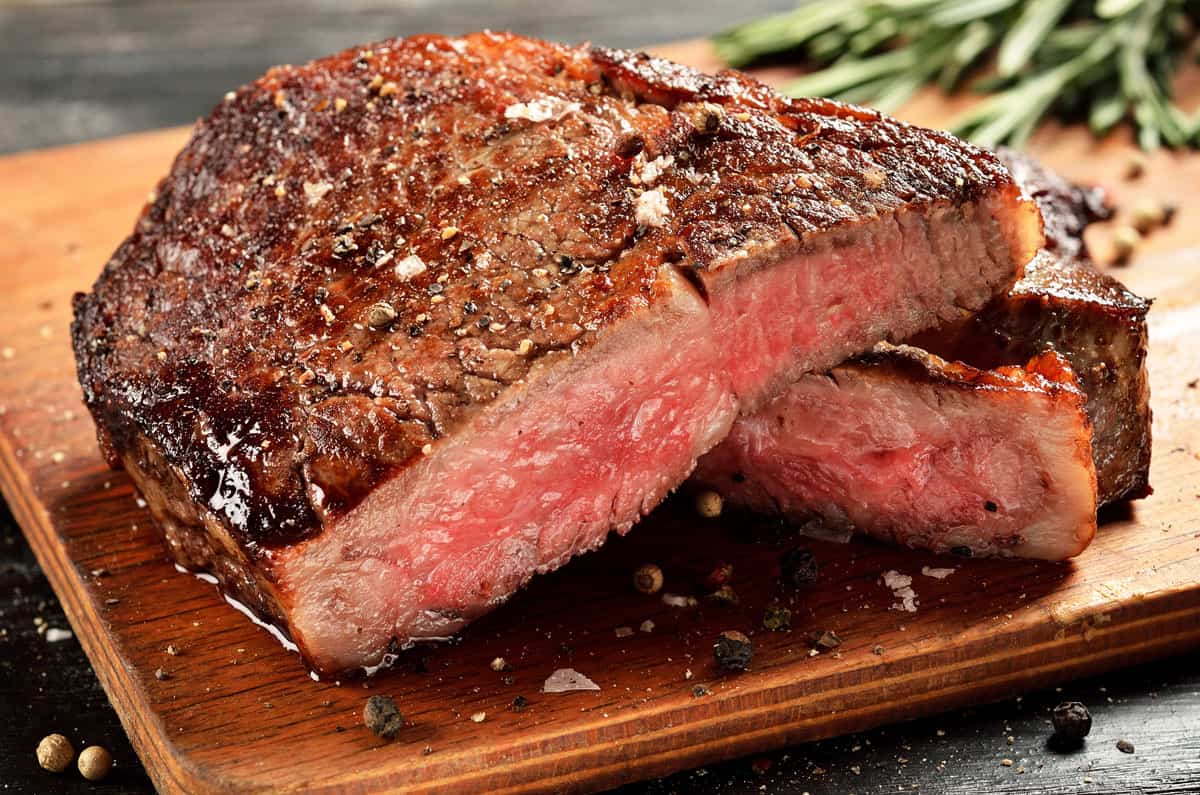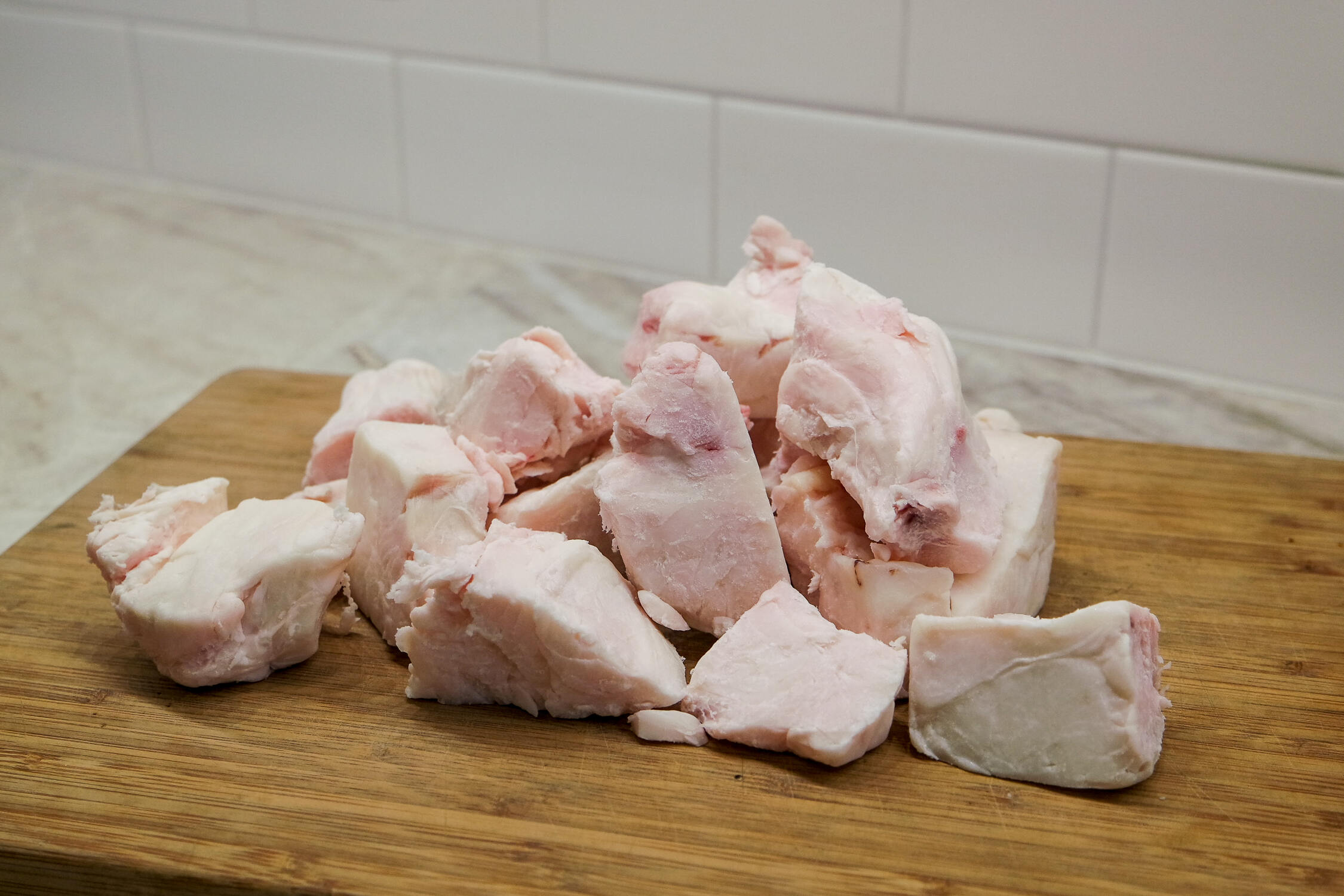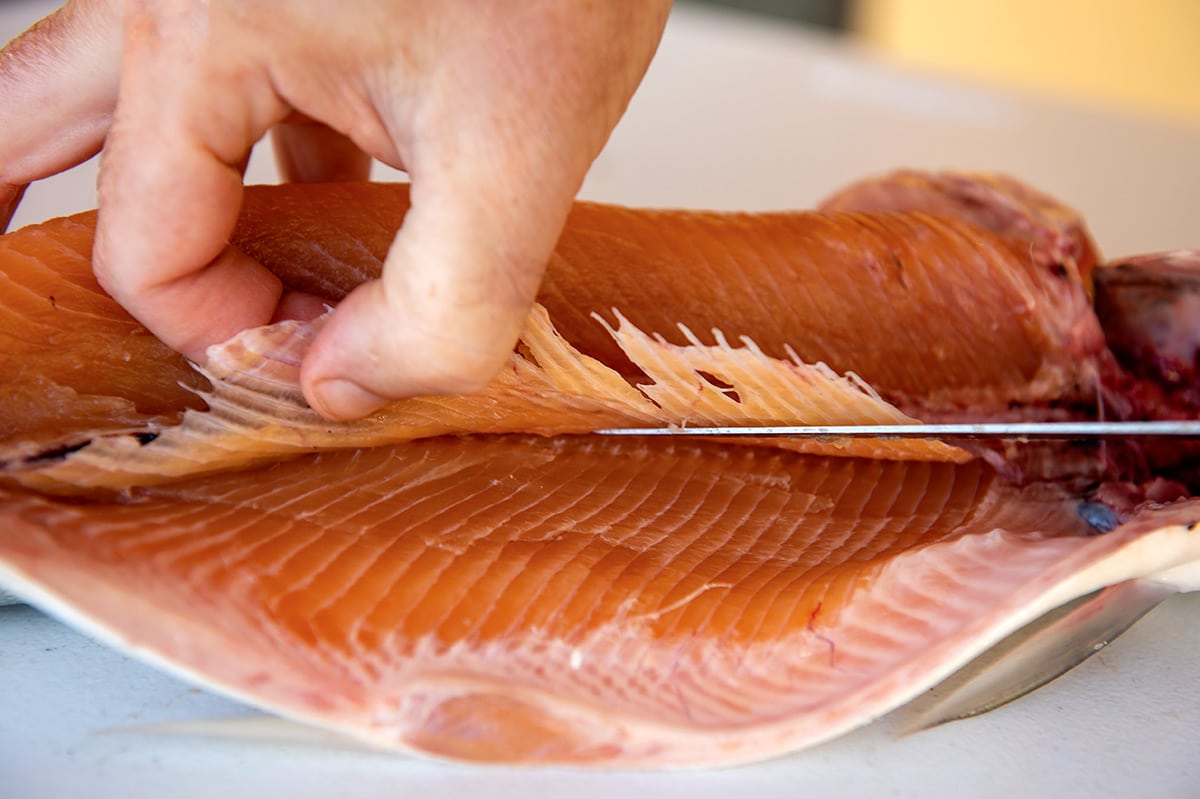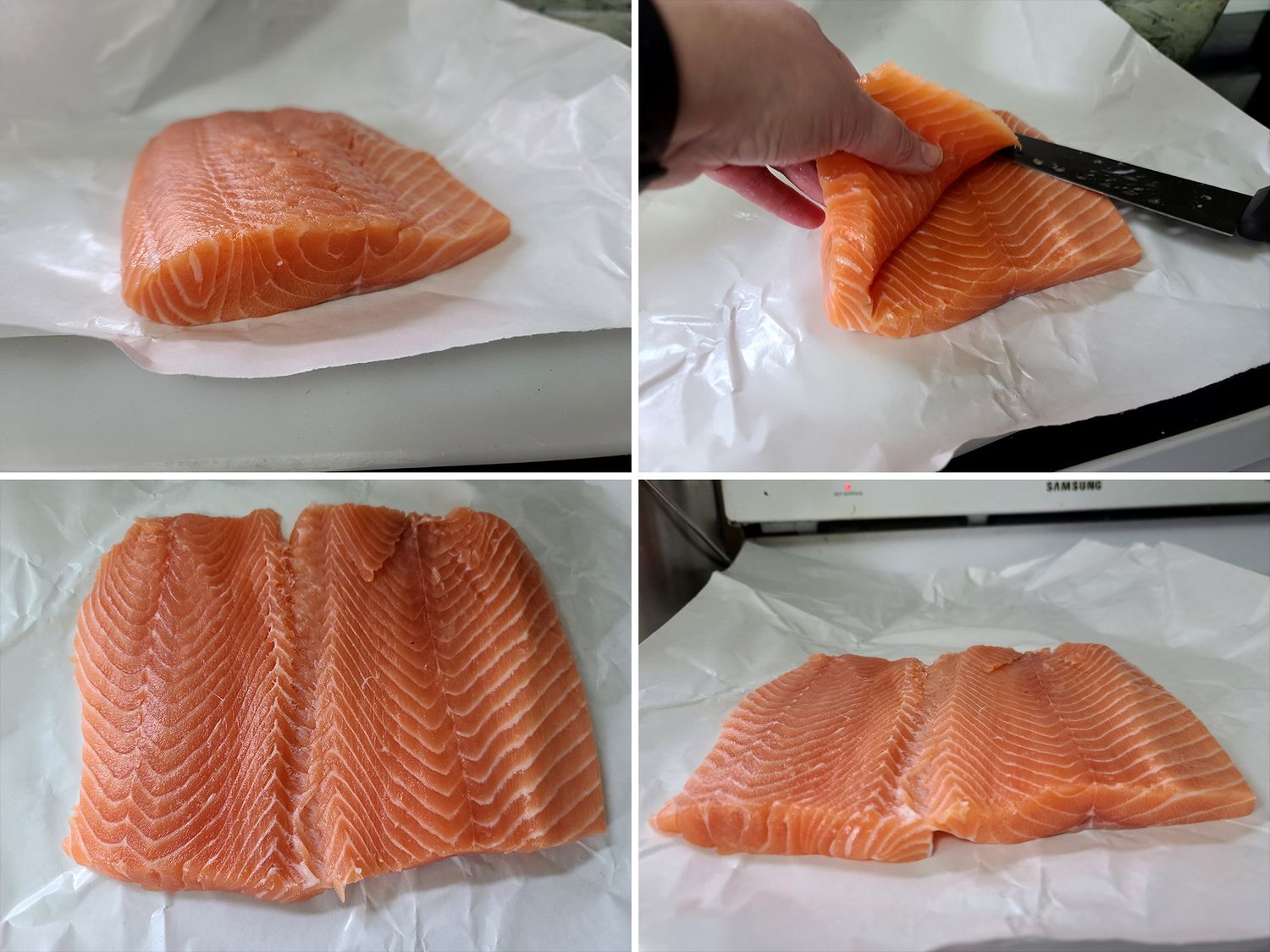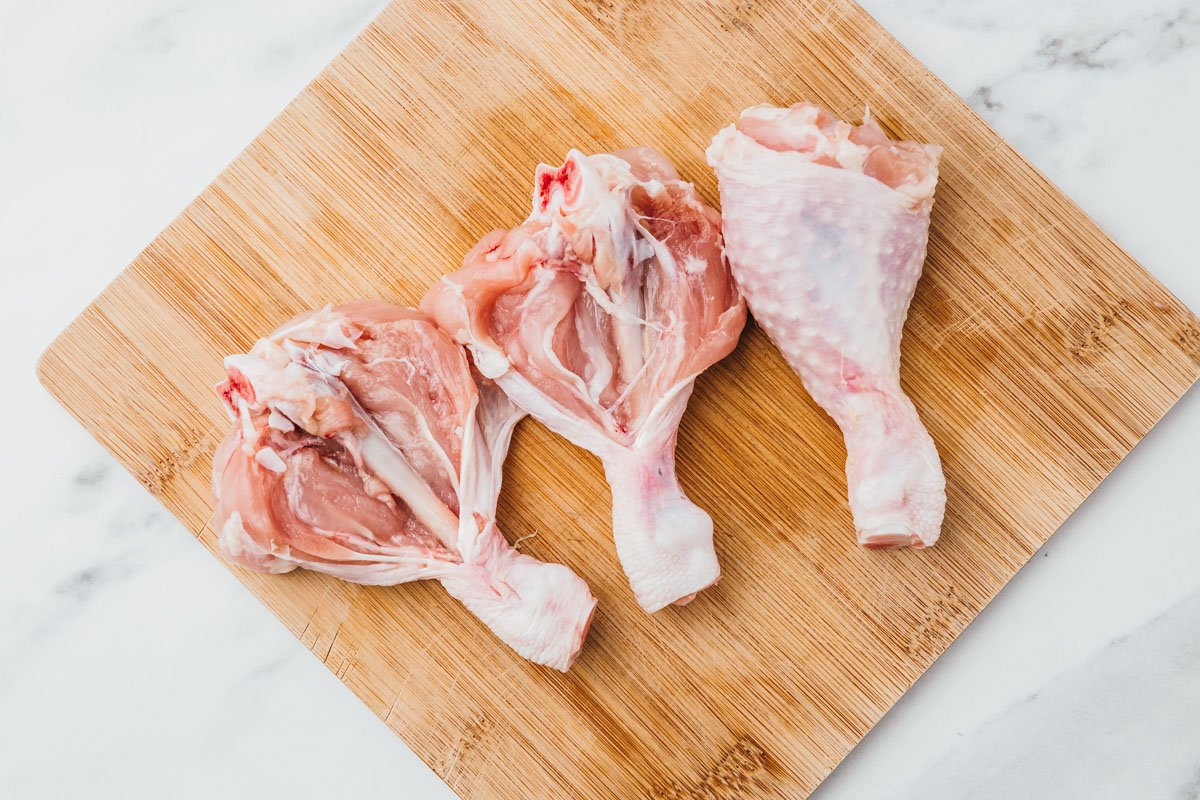Rendering Lamb Chop Fat: A Delicious Technique
When it comes to cooking lamb chops, rendering the fat is a crucial step that can elevate the flavor and texture of the meat. Whether you’re a seasoned chef or a home cook looking to expand your culinary skills, mastering the art of rendering lamb chop fat can take your dishes to the next level. In this guide, we’ll explore the process of rendering lamb chop fat and provide you with tips for achieving the perfect result.
Understanding Lamb Chop Fat
Lamb chops are known for their rich, succulent flavor, much of which comes from the fat that surrounds the meat. When properly rendered, this fat can add a depth of flavor and juiciness to the chops, creating a truly memorable dining experience. However, if not rendered correctly, the fat can become greasy and unpleasant, detracting from the overall enjoyment of the dish.
The Rendering Process
Rendering lamb chop fat involves melting the fat to separate it from the lean meat. This process not only enhances the flavor of the fat but also helps to create a crispy, golden-brown crust on the chops. To render lamb chop fat effectively, follow these steps:
- Start with room temperature lamb chops. Allowing the meat to come to room temperature before cooking will help it cook more evenly.
- Score the fat. Using a sharp knife, make shallow cuts in the fat cap of the lamb chops. This will help the fat to render more efficiently during cooking.
- Season the chops. Before rendering the fat, season the lamb chops with salt, pepper, and any other desired herbs or spices.
- Heat a skillet over medium heat. Place the lamb chops in the skillet, fat side down, to begin the rendering process.
- Cook the chops slowly. Allow the fat to melt and the skin to crisp up, adjusting the heat as needed to prevent burning.
- Flip the chops. Once the fat has rendered and the skin is golden and crispy, flip the chops to cook the meat to your desired level of doneness.
Tips for Success
To ensure that you achieve the best results when rendering lamb chop fat, keep the following tips in mind:
- Use a heavy-bottomed skillet to ensure even heat distribution and prevent burning.
- Pat the lamb chops dry before scoring and seasoning them to promote better browning.
- Monitor the heat carefully to prevent the fat from burning or the meat from overcooking.
- Allow the lamb chops to rest after cooking to allow the juices to redistribute, resulting in a more tender and flavorful end result.
Enjoying the Fruits of Your Labor
Once you’ve mastered the art of rendering lamb chop fat, you’ll be able to enjoy the fruits of your labor in the form of beautifully seared, flavorful lamb chops. Whether you serve them alongside roasted vegetables, a fresh salad, or a creamy risotto, the rich, savory flavor of the rendered fat will take your dish to new heights.
So, the next time you’re preparing lamb chops, take the time to perfect the art of rendering the fat. Your taste buds will thank you!
Was this page helpful?
Read Next: How To Render Pork Shoulder Fat
